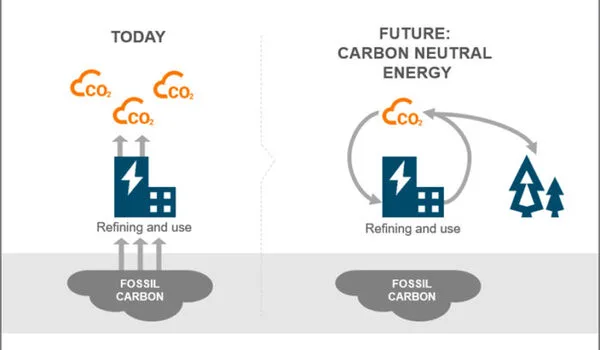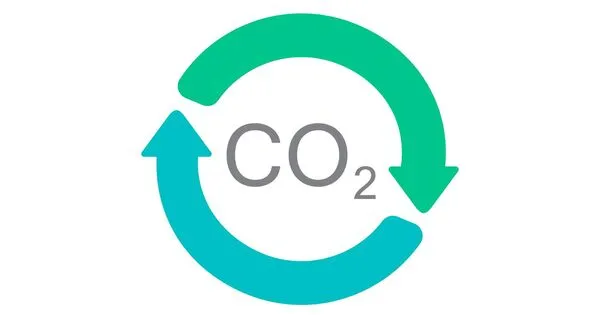Since the Industrial Revolution, the amount of CO2 in the atmosphere has risen dramatically, and this excess carbon is the primary cause of climate change. We can remove legacy CO2 emissions from the atmosphere and bury them underground, where they will no longer contribute to global warming.
Carbon removal measures range from long-term environmental management practices like reforestation to immediate technological solutions like carbon dioxide capture and storage at the point of generation – such as power plants or industrial plants – or directly from the atmosphere.
Capturing CO2 from the surrounding air and directly converting it into useful products is exactly what we need to approach carbon neutrality in the chemicals sector. This could very well be a milestone in the steps needed for the U.K. to reach its 2050 net-zero goal.
Dr. Melis Duyar
According to a study from the University of Surrey, it is possible to capture carbon dioxide (CO2) from the surrounding atmosphere and repurpose it into useful chemicals typically made from fossil fuels. In a single circular process, scientists could capture CO2 and convert it into useful chemicals like carbon monoxide and synthetic natural gas.
Dr. Melis Duyar, senior lecturer of chemical engineering at the University of Surrey explained: “Capturing CO2 from the surrounding air and directly converting it into useful products is exactly what we need to approach carbon neutrality in the chemicals sector. This could very well be a milestone in the steps needed for the U.K. to reach its 2050 net-zero goals.

“We need to get away from our current thinking on how we produce chemicals, as current practices rely on fossil fuels which are not sustainable. With this technology, we can supply chemicals with a much lower carbon footprint and look at replacing fossil fuels with carbon dioxide and renewable hydrogen as the building blocks of other important chemicals.”
The technology uses patent-pending switchable Dual Function Materials (DFMs) that capture carbon dioxide on their surface and catalyze the conversion of captured CO2 directly into chemicals. The “switchable” nature of the DFMs comes from their ability to produce multiple chemicals depending on the operating conditions or the composition of the added reactant. This makes the technology responsive to variations in demand for chemicals as well as availability of renewable hydrogen as a reactant.
Loukia-Pantzechroula Merkouri, Postgraduate student leading this research at the University of Surrey added, “Not only does this research demonstrate a viable solution to the production of carbon neutral fuels and chemicals, but it also offers an innovative approach to combat the ever-increasing CO2 emissions contributing to global warming.”





